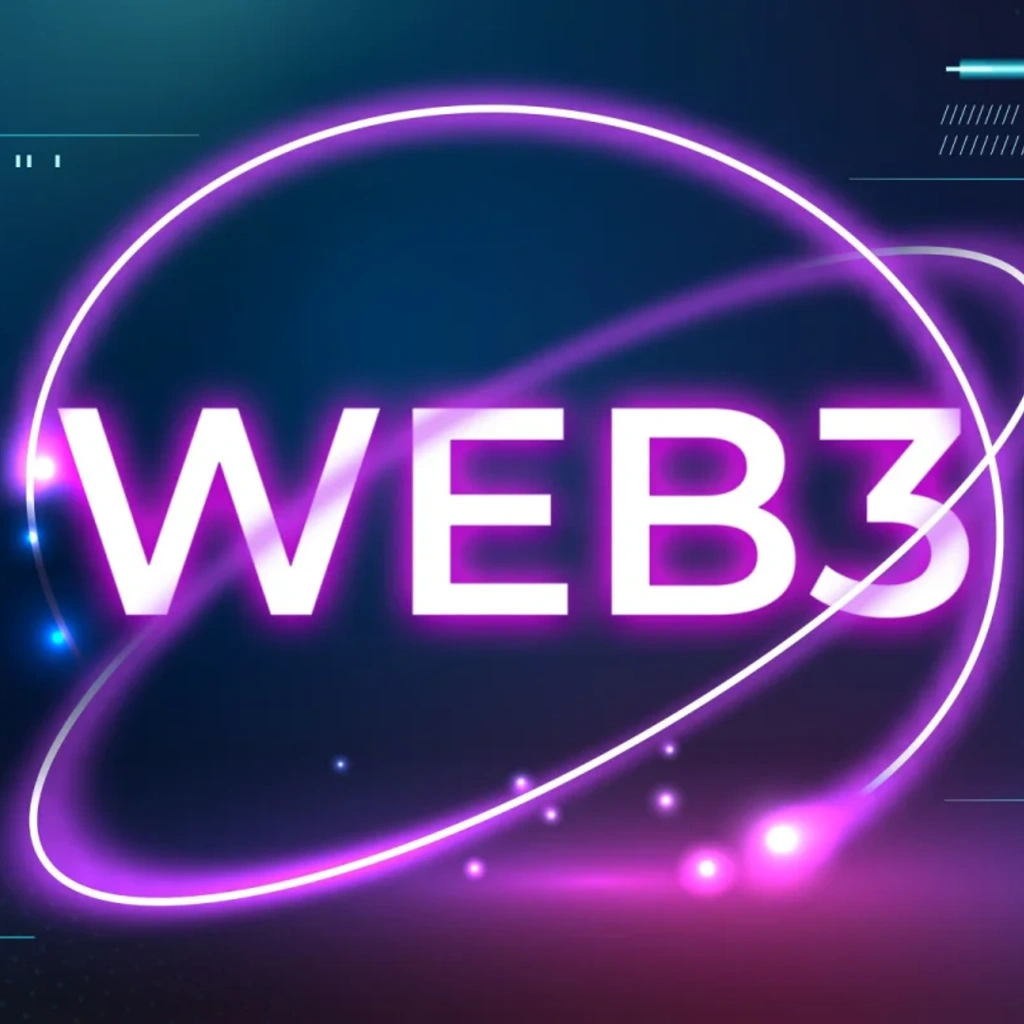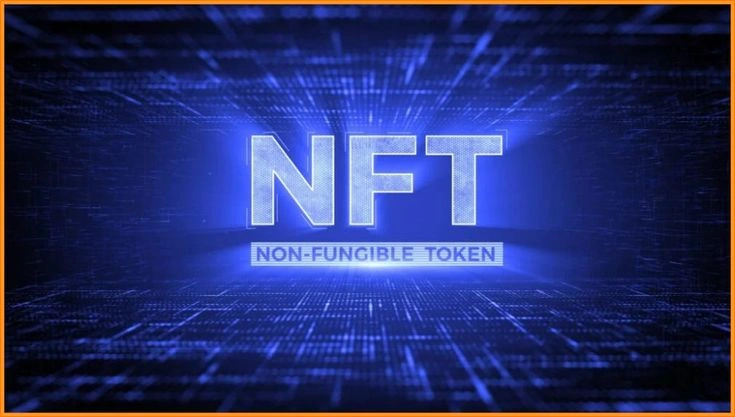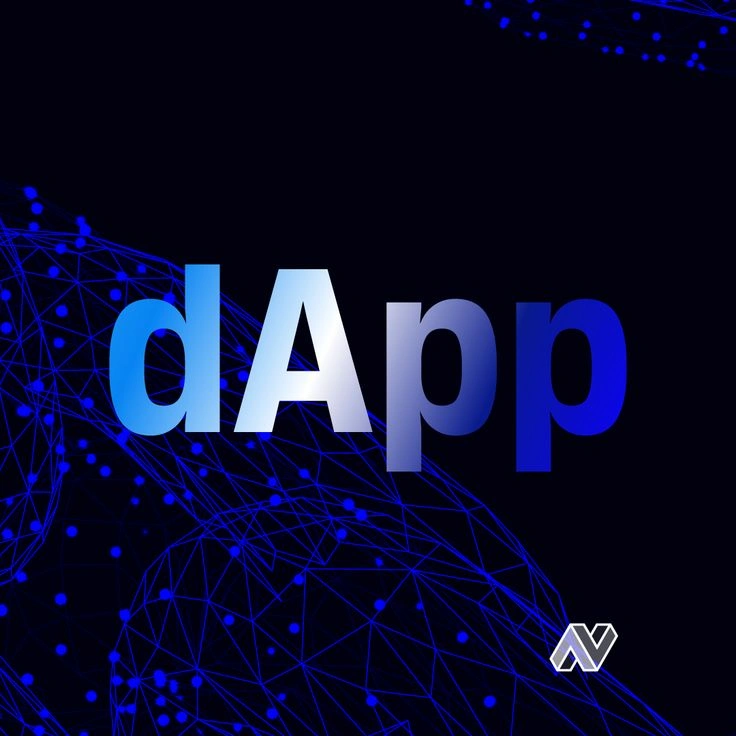Web3 Explained: A Closer Look at the Future of the Internet
June 10, 2025

Web3 explained:
By Jamie Alvarez
Austin, Texas — May 6, 2025
The term “Web3” has steadily entered public conversation over the past few years, often surfacing in discussions around cryptocurrency, tech innovation, and the future of digital ownership. But behind the buzz, what does Web3 really represent?
This article offers straightforward terms—free of heavy jargon—to better understand the vision some technologists and investors believe could mark the next chapter of the internet.
Decentralization at the Core


At its foundation, Web3—sometimes referred to as Web 3.0—is defined by its departure from centralized internet control. While much of today’s web activity relies on platforms run by large corporations, Web3 aims to flip that structure on its head.
Built on blockchain technology, Web3 allows peer-to-peer interaction without relying on centralized servers or intermediaries. Supporters argue that this shift could return control of data and digital assets to individual users.
Instead of logging into a website using an email and password, Web3 proposes that users would authenticate through crypto wallets—essentially digital IDs tied to blockchain-based ownership. In theory, this allows for direct transactions, stronger user autonomy, and a more open web.
Web3 Explained in Simple Terms


To better understand Web3, it helps to view the internet’s history in stages. Web1 was largely static—basic web pages designed for reading. Web2 introduced interactivity, social platforms, and user-generated content. Web3, its advocates say, adds digital ownership into the mix.
This could mean users earning revenue from their content directly, artists monetizing digital art through NFTs (non-fungible tokens), or gamers trading digital assets through blockchain-backed marketplaces.
While the concept sounds revolutionary, experts caution that it’s still early in the development phase. Many of the projects remain experimental, and some struggle with adoption or regulation.
More Than Just Crypto


Although cryptocurrency plays a central role in Web3’s infrastructure, the ecosystem extends far beyond digital coins. Decentralized apps (known as dApps), decentralized finance (DeFi), and decentralized autonomous organizations (DAOs) are just some of the systems emerging from the Web3 model.
The common denominator? Removing centralized control—whether that’s a bank, a tech company, or a payment processor.
That said, the current landscape is volatile. Many projects operate in legal gray zones, and some have been plagued by scams, technical failures, or high entry barriers. Critics argue the space remains too complicated for the average user, and some regulatory bodies are beginning to scrutinize it more closely.
Implications for Users
The shift toward Web3 carries both promise and risk. Proponents say it could change how internet users interact, earn, and access digital tools.
Among the potential benefits:
- Privacy: Individuals retain control over their data.
- Monetization: Creators can be compensated without relying on algorithms or ad-based models.
- Access: Web3 could broaden financial inclusion by offering services without the need for traditional banks.
But with innovation comes uncertainty. From user safety to tech reliability, Web3 faces major hurdles before it can scale widely. And with many platforms still under construction—or under scrutiny—adoption may remain limited in the near term.
What Lies Ahead for Web3?
Some in the tech world believe Web3 represents the inevitable evolution of the internet—open, decentralized, and community-driven. Others view it as a speculative bubble propped up by hype and venture capital.
Realistically, the future may land somewhere in between. While Web3 has introduced exciting concepts and generated real investment, it also demands greater clarity, accessibility, and oversight before it can fulfill its promise.
As conversations around digital rights, ownership, and online autonomy continue to gain ground, Web3 is likely to remain a key part of the broader tech narrative. Whether it becomes a transformative force—or simply another tech trend—remains to be seen.
One thing is certain: the conversation is far from over.
Relevant News: HERE

